Urijip Tteokbokki (우리집떡볶이)
2.8Km 2020-04-09
217-1, Dasan-ro, Jung-gu, Seoul
+82-2-2232-4531
Opened in 1979, Urijip Tteokbokki has operated for over 30 years in the same location. This restaurant has a spacious basement area which can accommodate up to 100 people. The restaurant is especially popular among Japanese tourists.
Mabongrim Wonjo Halmeonijip Tteokbokki (마복림원조할머니집떡볶이)
2.8Km 2021-03-29
5, Dasan-ro 35-gil, Jung-gu, Seoul
+82-2-2232-8930
Opened in 1953 by a woman known as Mabongnim, the restaurant takes pride in its 50-plus years of service. As Mabongnim gained popularity, other similar establishments opened nearby, and eventually, formed the now famous “Tteokbokki Street.” The elderly proprietor is well known, even starring in a red-pepper paste (gochujang) ad in the 1990's.
The secret of this restaurant’s tteokbokki lies in the fact that red pepper
paste is mixed with Chinese soybean paste for a sweet and spicy taste, but has now been adopted by other Sindang-dong restaurants. Nevertheless, there is something special about this restaurant’s fare. At present, Mabongnim’s daughters-in-law are running the restaurant.
Seoul Naksan Stay [Korea Quality] / 서울 낙산 스테이 [한국관광 품질인증]
2.8Km 2023-04-13
Samseongyo-ro 4-gil, Seongbuk-gu, Seoul
Seoul Naksan Stay is a guesthouse in a downtown area. The owner, who originally ran a guesthouse in Yongin, Gyeonggi-do, opened this guesthouse after moving to Seoul. Naksan Stay is located at the low end of the fortress wall of Naksan Park, which is a great place to enjoy the night view of Seoul. The guesthouse has two gates: one leading to the small building where the owner and her family reside, and the other one leading to a bigger building that serves as a guesthouse with a spacious two-story room. Majority of the guests are from France and Russia. It’s a great place to stay for those wishing to enjoy the daytime and nighttime views of the city.
Woomoolzip en Changsin (우물집 창신점)
2.8Km 2023-09-11
Changsin-gil 200, Jongno-gu, Seúl
Jardín Botánico de Namsan (남산 야외식물원)
2.9Km 2022-12-16
Sowol-ro 323, Yongsan-gu, Seúl.
El Jardín Botánico de Namsan abrió sus puertas el 18 de febrero de 1997 en Hannam-dong, donde se encontraba la zona residencial para extranjeros demolida en 1994. Cubriendo un área de 59 m2, se divide en 13 jardines temáticos con un total de 117.132 plantas de 269 especies. Entre la diversidad, 60.912 plantas de 129 especies son árboles y 56.220 plantas de 140 especies son tipos de hierba. Los 13 jardines temáticos incluyen un jardín de hierba medicinal, albaricoques, flores silvestres, azaleas reales, arbustos, plantas comerciales y un jardín para ciegos.
Appe Seoul (아뻬서울)
2.9Km 2021-03-24
1, Changgyeonggung-ro, 35na-gil, Jongno-gu, Seoul
+82-10-7390-8742
You can eat honey cake that you cannot enjoy anywhere else. This cafe is located in Jongno-gu, Seoul. The representative menu is coffee.
Chosochaekbang Deosup del Monte Inwangsan (인왕산 더숲 초소책방)
2.9Km 2023-08-17
Inwangsan-ro 172, Jongno-gu, Seúl
Parque Hyochang de Seúl (서울 효창공원)
2.9Km 2023-04-07
Hyochangwon-ro 177-18, Yongsan-gu, Seúl
+82-2-2199-8823
El Parque Hyochang, de 122.245 metros cuadrados, está situado en Hyochang-dong y Cheongpa 2-dong. Es un lugar histórico, que antes contenía varias tumbas reales, era conocida en aquel entonces como Hyochangwon. Las tumbas, que estaban originalmente en Hyochangwon, son del príncipe heredero Munhyo (primogénito del rey Jeongjo, que fue muerto con solo 5 años), la Noble Consorte Real Uibin del Clan Seong (concubina real del rey Jeongjo y madre del príncipe heredero Munhyo), la Noble Cosorte Real Sugui del Clan Park (concubina real del rey Sunjo), y su hija, la princesa Yeongon. Las tumbas reales fueron trasladadas al cementerio real Seosamreung durante el período colonial japonés. En 1924, el Imperio Japonés implementó la renovación de Hyochangwon para convertirlo en un parque, y en 1940, el gobernador general japonés, oficialmente, designó este sitio como un parque.
En la actualidad, algunos de los grandes líderes coreanos están enterrados en el Parque Hyochang. La mayoría de los restos son de activistas independentistas frente a Japón, incluyendo Yoon Bong-gil, Lee Bong-chang y Baek Jeong-gi, cuyas sepulturas son colectivamente conocidas como “Samuisa-myo” (tumbas de los tres mártires). Una estatua de Lee Bong-chang se levanta en el cementerio. Otros mártires patriotas que están inhumados en el parque son Kim Koo y algunos de los personajes importantes del Gobierno Provisional de Corea, tales como Lee Dong-nyeong, Cha I-seok y Cho Seong-hwan. El santuario ancestral, llamado Uiyeolsa, se encuentra al lado de la puerta principal y cuenta con los retratos de los difuntos independentistas.
Hwanggeum Kongbat (황금콩밭)
2.9Km 2023-10-16
Mapo-daero 16-gil 9, Mapo-gu, Seúl
Sala Conmemorativa Nacional del Gobierno Provisional de Corea (국립대한민국임시정부기념관)
2.9Km 2023-01-17
Tongil-ro 279-24, Seodaemun-gu, Seúl


![Seoul Naksan Stay [Korea Quality] / 서울 낙산 스테이 [한국관광 품질인증]](http://tong.visitkorea.or.kr/cms/resource/00/2574600_image2_1.jpg)
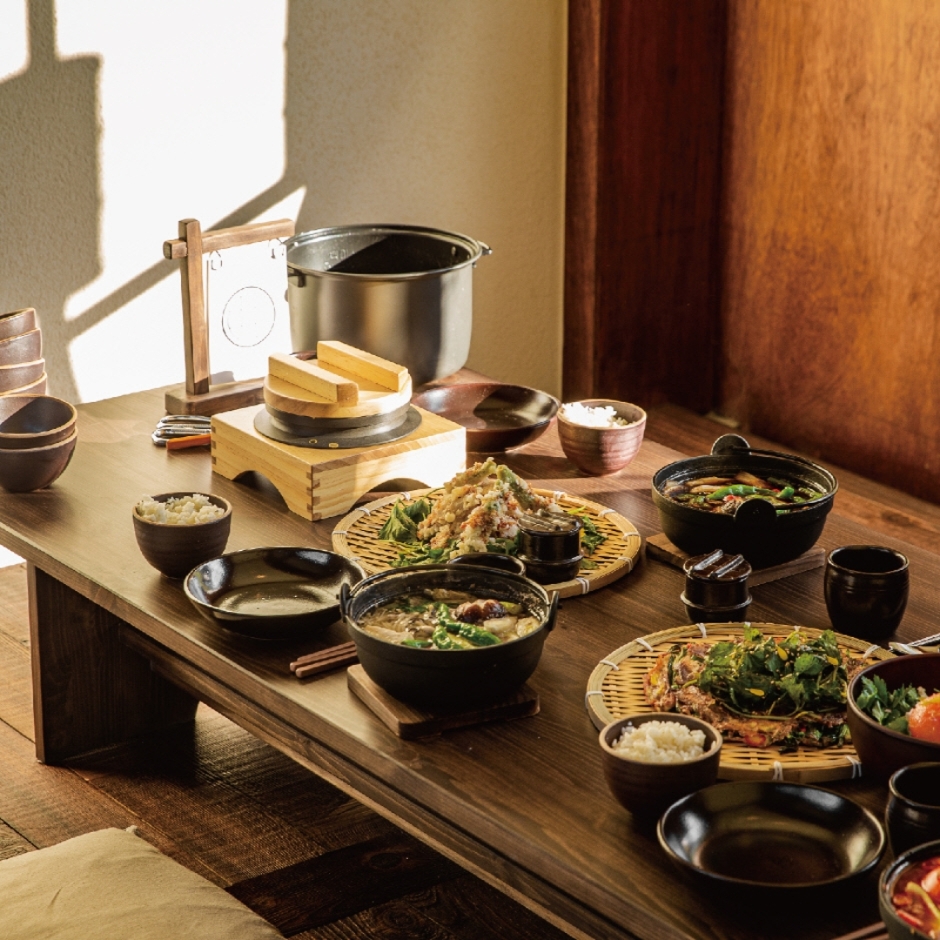
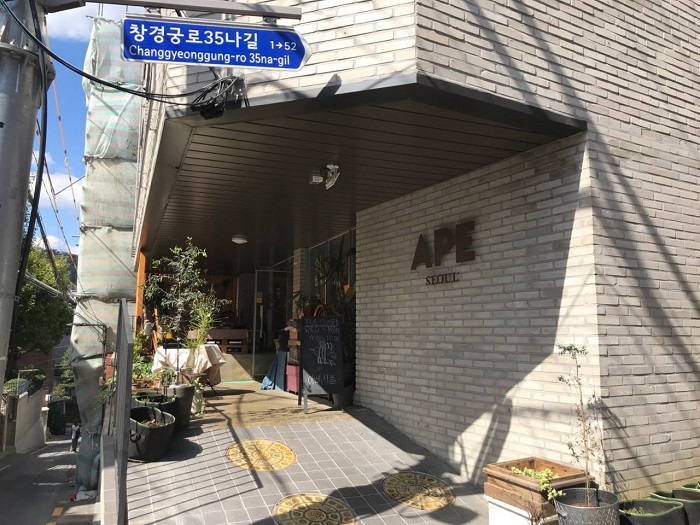
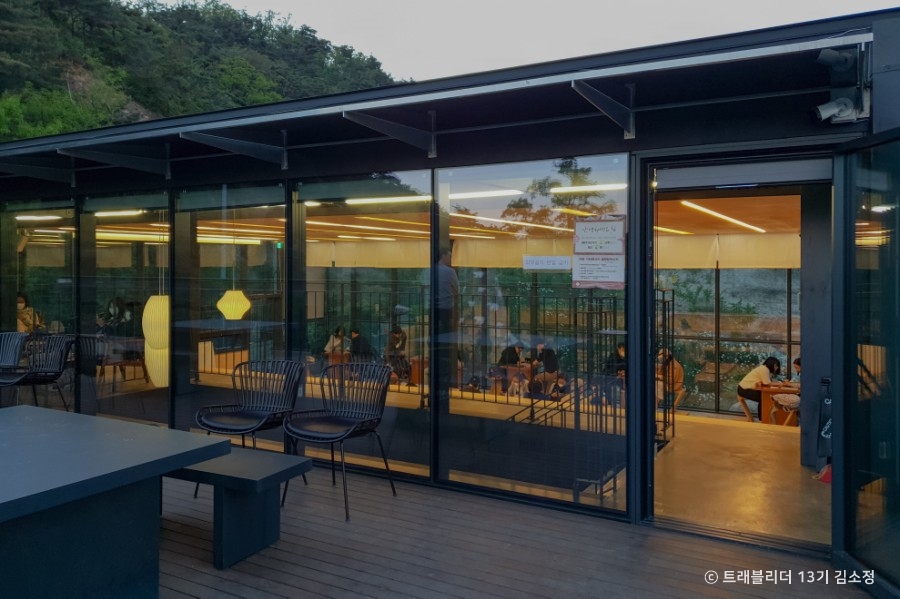
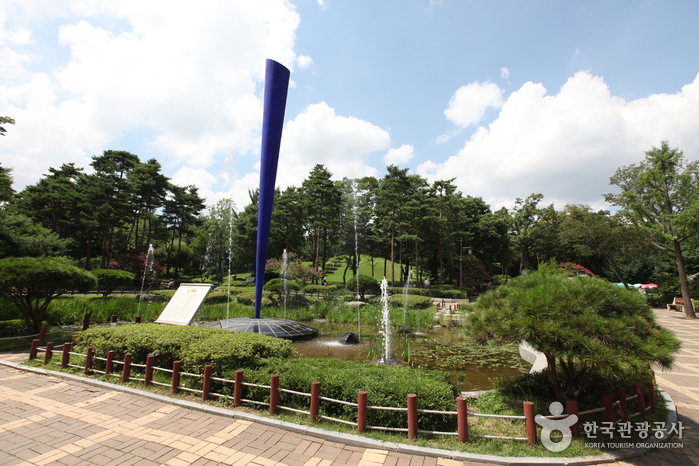
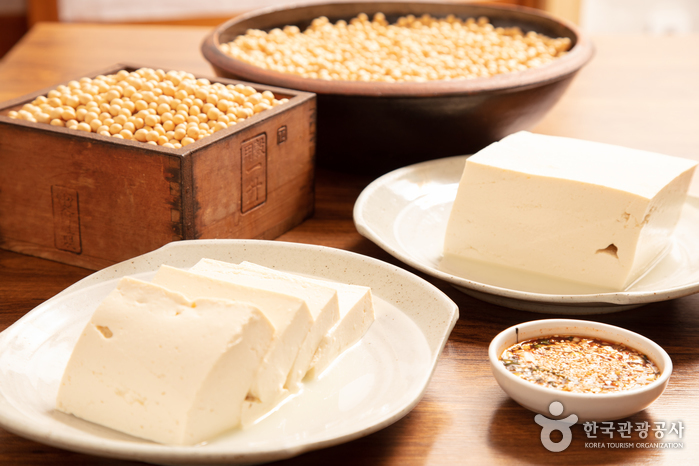
 Español
Español
 한국어
한국어 English
English 日本語
日本語 中文(简体)
中文(简体) Deutsch
Deutsch Français
Français Русский
Русский